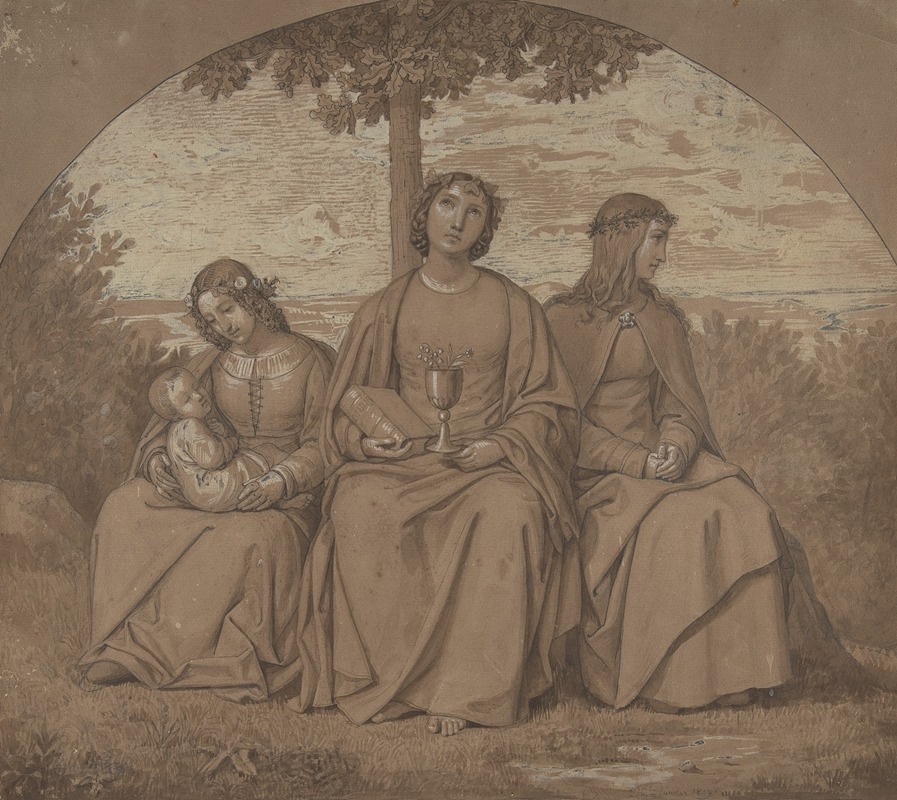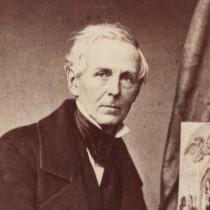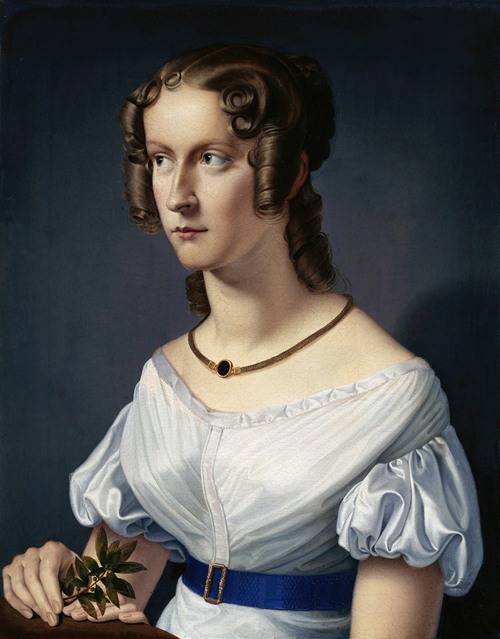

Heinrich Maria von Hess was a German painter, a member of the Nazarene movement.
Hess was born at Düsseldorf and brought up to the profession of art by his father, the engraver Carl Ernst Christoph Hess. Carl Hess had already acquired a name when in 1806 the elector of Bavaria, having been raised to a kingship by Napoleon, transferred the Düsseldorf academy and gallery to Munich. Carl Hess accompanied the academy to its new home, and there continued the education of his children.
Heinrich Hess's skills and reputation attracted the attention of King Maximilian, who sent him to Rome, with a stipend, where a copy which he made of Raphael's Parnassus, and the study of great examples of monumental design, probably caused him to become a painter of ecclesiastical subjects on a large scale. In 1828 he was made professor of painting and director of all the art collections at Munich.
He decorated the Glyptothek and the Allerheiligen-Hofkirche at Munich with frescoes; and his cartoons were selected for glass windows in the cathedrals of Cologne and Regensburg. One of his most notable assignments followed: the cycle of frescoes in the St. Boniface's Abbey, Munich, by order of King Ludwig I of Bavaria, and the monumental picture of the Virgin and Child enthroned between the four doctors, and receiving the homage of the four patrons of the Munich churches (now in the Pinakothek).
Before testing his strength as a composer Heinrich Hess tried genre, an example of which is the Pilgrims entering Rome, now in the Munich gallery. He also executed portraits, and twice had sittings from Thorwaldsen (Pinakothek and Schack collections).
His last work, the Lord's Supper, was found unfinished in his atelier after his death in 1863.


